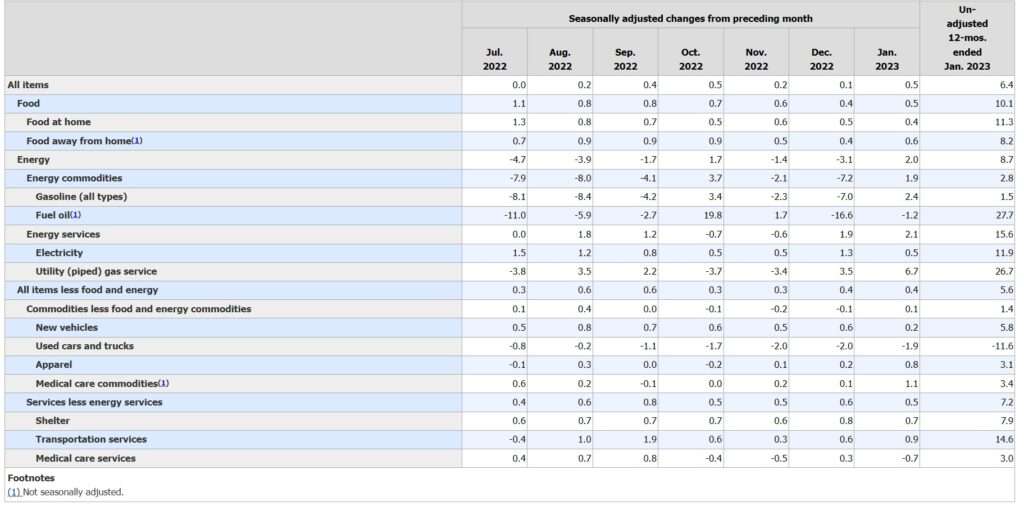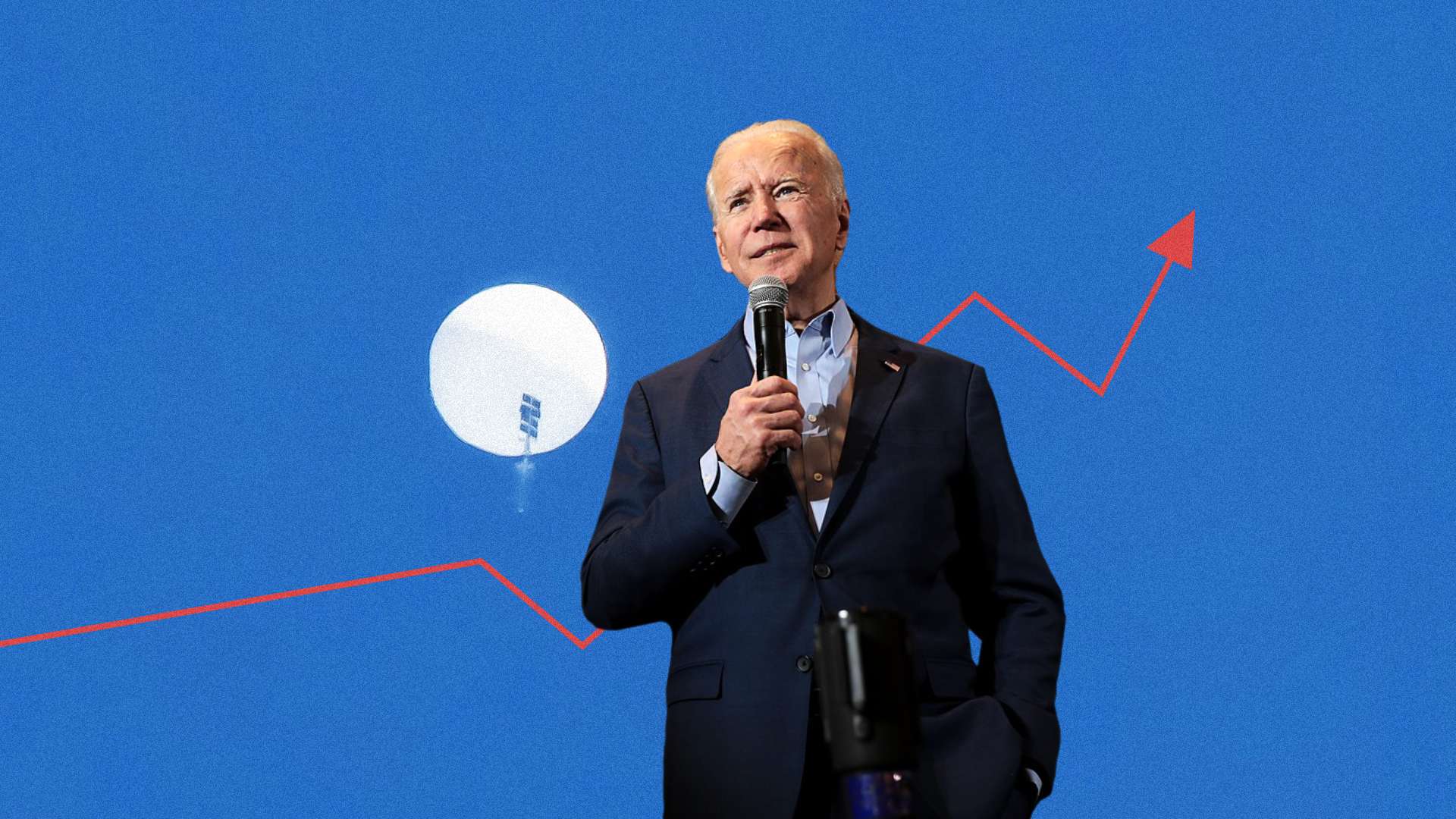Consumer prices averaged 6.4 percent higher in January than they were, on average, a year earlier — the seventh consecutive month in which the annual inflation rate has declined after peaking at 9.1 percent in June.
Beneath the promising indicators in the topline picture, however, Tuesday’s consumer price report offered some worrisome signals. Instead of moving toward the Federal Reserve’s annual target of 2 percent, inflation appears to be leveling off at a higher level and possibly beginning to reverse in the other direction.
The 6.4 percent annualized rate for January reported by the Labor Department on Tuesday was lower than the 6.5 percent rate posted in December. That’s because prices rose 0.5 percent in January, the biggest increase in October since inflation peaked in the first half of 2022. The decline shows annual rates—month-over-month figures should dip negative region. They are adamantly refusing to do so.
January’s increase was driven by continued growth in energy costs (up 2 percent after a decline in December) and rents, which rose another 0.7 percent after rising 0.8 percent in December. Rental prices increased by 7.9 percent compared to last year The biggest increase.
Grocery prices also continued their steady rise, jumping another 0.4 percent in January and up 11.3 percent from this time last year. This is almost double the overall inflation rate, and almost certainly contributes to the persistent feeling that hyperinflation is not yet behind us.

After last week’s State of the Union address, in which President Joe Biden declared victory against inflation, the White House could spin new economic statistics as further proof of that success. “Inflation continues to decline,” Tweeted Former White House Chief of Staff Ronald Klein on Tuesday morning.
The truth is a bit more complicated.
For starters, look at so-called “core inflation,” which filters out more volatile categories, including food and fuel prices. It actually rose to 0.4 percent in January from 0.3 percent in December.
Perhaps more important is inflation in the “services” sector of the monthly Consumer Price Index report. Federal Reserve Chair Jerome Powell said two months ago that it would be “most important” to track inflation at this stage of the fight, “because wages cost the most in providing these services.”
In other words, inflation in 2021 and early 2022 was driven by rising commodity prices. But rising prices spill over into wages, which are harder to reduce than commodity prices. If the price of bananas is suddenly lower than a few months ago, the price of bananas may fall further. Workers have contracts, unions and laws that govern how they are paid.
It’s not surprising, but the transition from goods to services inflation is almost complete with product inflation now below 2%. From here it’s all about the services and how sticky their prices prove. #CPI inflation pic.twitter.com/QapjVKWV8c
— John Authors (@johnauthers) February 14, 2023
Inflation in the “services” category stood at 0.5 percent in January and has been rising steadily over the past year.
Finally, while wages are rising in an effort to keep up with inflation, prices are still rising rapidly. Combining Tuesday’s inflation data with last week’s report on workers’ compensation, CNBC concluded that average hourly earnings fell 0.2 percent in January and were down 1.8 percent from a year ago.
“I have a hard time seeing how the underlying market breakeven of 2 percent inflation this year makes any sense,” said Jason Furman, a Harvard economist and former economic adviser to the Obama administration. wrote on Twitter. “A recessionary inflation below 3 percent is unlikely. And even an inflation below 3 percent is far from assured.”
Inflation is still a major problem for any American who has to run a business or put food on the table, and as wage inflation continues to rise, inflation may become more difficult to address. A week later, Biden’s celebratory declaration that “inflation is coming down” looked premature and out of touch.

